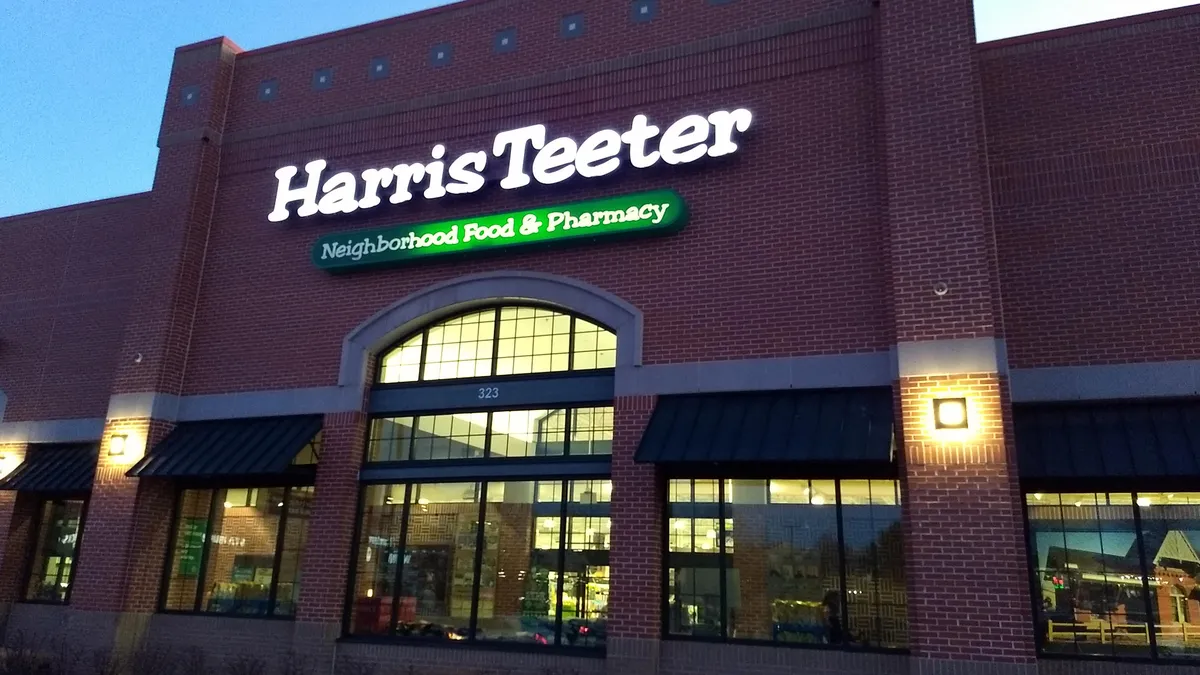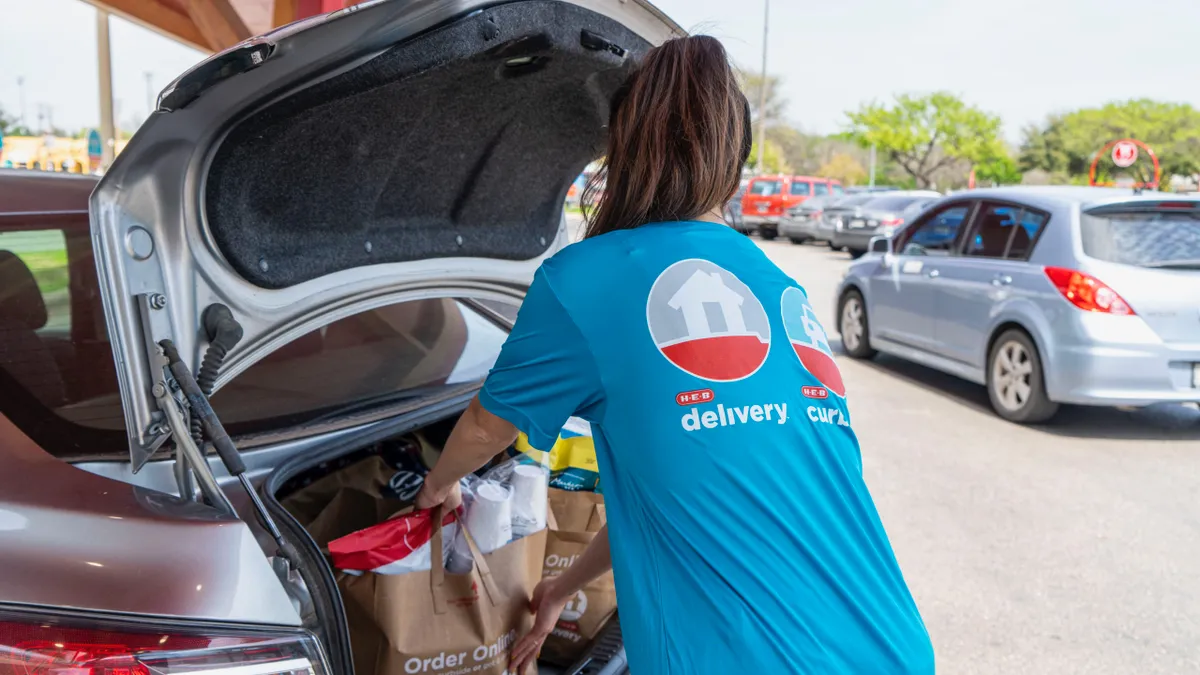This is America, land of free enterprise. And by free enterprise, we mean this is the land of business. And in American business, as the saying goes, we mean business. We take things seriously. We are often cut-throat. We focus on the bottom line. We seek profit.
We incorporate. We don’t cooperate—except in the food business.
In the food industry, the legal structure known as “a cooperative” is fairly common. And such cooperatives are influential beyond their size and number.
There are two areas where cooperatives tend to thrive in the food industry—retail and marketing, particularly where produce is concerned. Let’s look at three of the more interesting examples from those categories.
FOOD COOPERATIVES
Food co-ops are grocery stores organized along nonprofit lines. They exist to serve their members. They were often created as a way to bring organic and natural foods to areas where they were hard to find.
1. The Park Slope Food Co-op
The Park Slope Food Co-op was born in 1973, just as the “yuppie” phenomenon began and people began to buy and renovate the brownstone buildings of what was then the poor neighborhood of Park Slope in Brooklyn.

(Image credit: Flickr use sharontroy)
The co-op is not the first, nor the largest, in the U.S. But it may well be the most influential. With some 15,000 active members, the co-op’s model is widely duplicated. Shopping is limited to members. And members must work at the co-op for two hours and 45 minutes per four weeks of membership.
But Park Slope’s true influence can be found in the consumer needs of its shoppers. You can make a case that Brooklyn is the birthplace of gentrification, the “foodie” culture and the local-food movement. Those three forces combined at the co-op to create a shopping experience that tends to be several years ahead of the mainstream. Two recent examples: in 2008 the co-op banned the sale of plastic water bottles and the use of plastic bags.
If you want to know what the Krogers of the world will look like in 10 years, visit the co-op. But be prepared to work for the privilege.
2. The Hanover Co-op
The Hanover Co-op is one of the last surviving institutions from the New Deal period of co-op formation.
Back when FDR was president, a number of co-ops were formed to help people find affordable food. The majority of them closed over the years. But Hanover has been going strong since 1936.
In fact, Hanover has grown.
The co-op (which allows shopping by both members and non-members) is still in Hanover, N.H., just a bit down the road from Dartmouth College. But today the co-op has outlets and cafes in Lebanon, N.H., and in White River Junction, Vt.
3. The Portland Food Co-op
The Portland Food Co-op in Maine is one of the more recent members of the co-op scene, founded in 2006.
Portland Food makes our list not for its size or history or its influence. Rather, we’re fascinated by its plans. The co-op plans to compete head-to-head with the giants of retail food shopping by opening a store downtown—near existing outlets of Whole Foods, Hannaford and Trader Joe’s.
Interestingly, the co-op was born after a popular, locally owned health food stores was sold to Whole Foods. The whole let’s-start-a-co-op-and-compete-with-Whole-Foods idea may not seem particularly cooperative. But we’re all for it.
This, after all, is America.
AGRICULTURAL COOPERATIVES
Farmers have a reputation for independence. But in numerous circumstances, they have banded together to create a unified brand under which to sell the commodities they produce.
Here are three agricultural cooperatives that have become household names.
1. Ocean Spray
Ocean Spray, founded in 1930 by three growers, is owned today by roughly 650 families of growers of cranberries and grapefruit. The co-op employs 1,200 people, runs juice-filling plants and owns the world’s largest cranberry processing plant.

(Image credit: wikia.com)
Ocean Spray makes our list for its consistent ability to innovate at a rate that bests anything in the corporate world. Consider, if you will, just these three accomplishments:
- In 1963, Ocean Spray introduced the first juice blend—Cran-Apple—forever changing how we think of juice.
- In 1983, Ocean Spray introduced the first juice box, altering the very nature of the school lunch.
- In 1993, Ocean Spray debuted Craisins, creating the first true brand for what had been a bulk aisle staple.
2. The National Grape Cooperative Association
The National Grape Cooperative Association has been around since 1952. What? You never heard of them? Perhaps you know the association’s subsidiary. It’s called Welch’s.
Whereas the co-op is nearly invisible to consumers, Welch’s is ubiquitous.
When you think of jelly, you probably think of Welch’s.
When you think of grape juice, you probably think of Welch’s.
But here’s another time you should think of Welch’s—when you think about the environment.
Way back in 1953, Welch’s altered the shape of their jelly jars so that they could be used as drinking glasses when the jelly was gone.
The result saved the world from some unimaginable amount of garbage back when no one recycled glass. And once Welch’s began to put cartoon characters on those jar/glasses, a collectibles craze began.
Would you like to see more food and beverage industry news and information like this in your inbox on a daily basis? Subscribe to our Food Dive email newsletter! You may also want to check out Food Dive's look at 10 pumpkin products that prove the flavor is everywhere.






